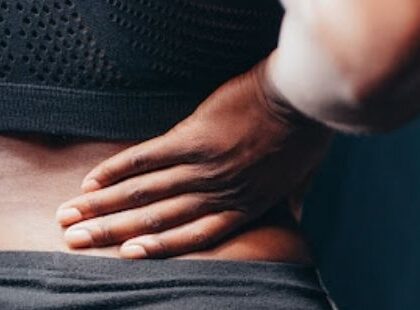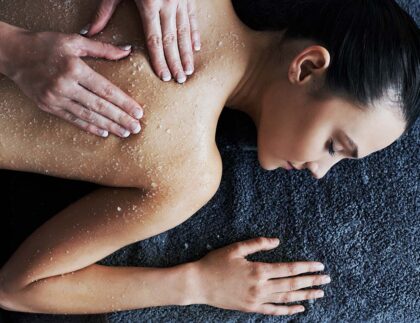
Plantar Fascia is a very common condition characterised by slightly more than just soreness in the sole of the feet. When an “itis” is present in a title it essentially refers to a diagnosis of inflammation. In this case it is the inflammation of the Fascia in the foot. Plantar fasciitis is thought to be more than just inflammation but also the degeneration in the collagen fibres of the fascia near the attachment on the calcaneus (heel). It occurs with constant pulling and can lead to a spur developing.
The sole of the foot comprises of several bands of fascia that are known as the arches in the feet. The medial longitudinal arch and the lateral longitudinal arch. Strength in these arches will determine the arch in the foot and whether you will have high or low arches. It is important to note having either high arches or flat feet won’t necessarily predispose you to plantar fasciitis. This is an overuse injury that develops over time, with training by the forces put through that area.
Predisposing Factors For Plantar Fasciitis:
1. High tension in the calves and the anterior compartment of the lower leg,
2. Achilles tendonitis,
3. Wearing high heels,
4. Over pronating (flattening the feet when running, jumping, walking).
5. History of sprained ankles
6. Large loads of training (ie running) with technique that could do with improvement
7. Lack of self care and recovery (stretching, foam rolling, massaging, good training programs etc)
8. Sudden increase in training load and activity.
Plantar Fasciitis Symptoms
1. Pain in the sole of the foot (usually point specific, not dispersed) that is worse upon rising.
2. Intense pain that is made worse with long periods of time spent on the feet
3. Relief is received with rest
4. Pain that is made worse with exercise.
5. Stiffness in the foot
Other Considerations
Things to also look at particularly when running is strength in the Gluteus Medius and its ability to support the hip and prevent “collapsing” onto the adductors (groin muscles), which can then feed down into over pronation in the feet. (This weakness can also play havoc for the knees and it's potential injuries)
Having a look at your whole structure is imperative, very rarely is the source of the problem purely where the pain is. Make sure your running technique is appropriate and if you are having trouble with your technique enlist our help to assess and treat any restrictions that present. If you have had prior fractures or sprains it is important to ensure that all that scar tissue is broken down so the biomechanics work well.
Making sure you have the right shoes is definitely an important factor as they can promote good running technique and provide the support necessary for your specific needs.
Helping yourself

The best self care you can do is utilise a golf ball and roll your foot over it daily. This self massage technique will greatly assist in settling any symptoms of inflammed plantar fascia. Remember to also stretch your calves, quadriceps, hamstrings and glutes to help the whole muscular chain be limber. You can also freeze a 660ml bottle of soft drink and use that roll your foot with. The 660ml is the right size and shape for most feet and you will be incorporating the benefits of utilising ice therapy with the right level of firmness.
Following our suggestions and if you still find yourself with some sore feet that need further intervention, our Chiropractors can help. As our team blends the best bits of Chiro & Physio you will receive comprehensive treatment, strapping and training advice. This will literally help you get back onto your (pain free) feet nice and quickly. If you don't need any other convincing, book yourself in to see our Chiro's here.













